Director Perri Peltz talks to us about the new documentary Remembering the Artist: Robert De Niro, Sr., screening at the Sundance Film Festival next week and on HBO in June.
Robert De Niro, Sr. was…
A gifted artist whose style of painting fell out of favor with the trends of the time. That doesn’t diminish the importance of his art, but it certainly presented many challenges for him personally.
And he made for a fascinating subject because…
In some ways his story is the universal tale of the struggling artist who works and works but fails to receive the attention he deserves from critics, collectors or dealers. It begs the question of what is fame and why is it important? Why do some people become famous and receive all of the recognition and benefits of fame while other equally talented people work in relative obscurity? For De Niro, Sr. that lack of recognition was impactful. We gained insight into his struggle and sense of self. That story is what the film brings to the audience.
The project began when…
Robert De Niro had been interested in making a documentary about his father and, in particular, about his art. As his father’s peers were getting older, we wanted to be able to capture their memories. De Niro’s partner, Jane Rosenthal, was really the catalyst who made this happen as she was determined to preserve the stories about Robert De Niro, Sr.
As for why he isn’t well-known today…
I think Rob Storr, Dean of the Yale School of Art, says it best in the film when he explains that the spotlight turned away from the figurative artists of the Fifties and Sixties, like De Niro, Sr., when it shone on the rising stars of Pop Art. But with any luck, that spotlight can shift and shine its light again on a movement. We spoke to a number of people in the art world who believed there was much about De Niro, Sr. and his circle that was worthy of re-examination by art historians. History is long and, hopefully, that will happen.
Favorite moment from the film…
For my partner Geeta Gandbhir and me, his journals were very special. There are real challenges making a documentary about someone who is no longer here and who cannot speak for himself. We wanted to make sure we were true to his story and that, in the absence of his voice, we weren’t projecting our interpretation but, rather, making his voice heard. Working so closely with the journals allowed us to keep his voice with us throughout the entire process.
Working with De Niro was…
A wonderful experience. Obviously telling his father’s story was incredibly personal, but he was very generous and willing to share his memories and recollections. He allowed us the privilege of reading and sharing his father’s journal entries as well as his personal correspondence. I am sure, on some level, this was difficult, but he made the process as easy as possible.
And his favorite moment from the film…
I don’t want to presume to speak for De Niro, but I think what was very important to him was making sure that the art looked as good on screen as it does in person. We spent a lot of time with a lot of very talented people making sure that the colors were right and that the art looked the same on screen as it did off. A special thanks to the incredibly talented Megan Fox Kelly, who was our art advisor. There would be no film without her.
Most surprising anecdote the film digs up…
Searching through the old tapes of family footage presented numerous funny moments, but perhaps best of all was finding De Niro, Sr. singing Bye, Bye, Blackbird to his parrot! He had a wonderful sense of humor and we were lucky to have the footage to express that.
One thing we had to cut…
Because of time, we couldn’t include everyone we interviewed. One of our favorite stories is about a woman who was an art student of De Niro Sr.’s. She didn’t know anything about the documentary but had written a letter to De Niro because she wanted him to know how proud his father was about his career. She explained that when De Niro had made his first film, his father told all of his students they needed to go see the movie. And he told the class that one day his son would be famous. It seems his father was right!
More to explore in Culture
-
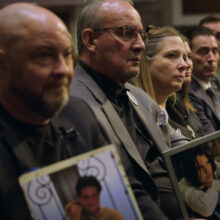 Culture
4.21.25
Word of Mouth: ‘Can’t Look Away’
Culture
4.21.25
Word of Mouth: ‘Can’t Look Away’
-
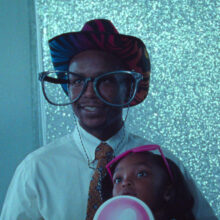 Culture
10.24.24
Word of Mouth: ‘Daughters’ on Netflix
Culture
10.24.24
Word of Mouth: ‘Daughters’ on Netflix
-
 Culture
10.24.24
Financial Literacy for Kids? It’s Priceless.
Culture
10.24.24
Financial Literacy for Kids? It’s Priceless.
-
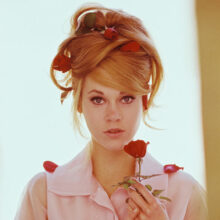 Culture
11.22.23
What’s Your Sign? Sagittarius
Culture
11.22.23
What’s Your Sign? Sagittarius
-
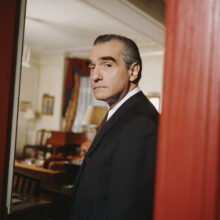 Culture
10.19.23
What’s Your Sign? Scorpio
Culture
10.19.23
What’s Your Sign? Scorpio

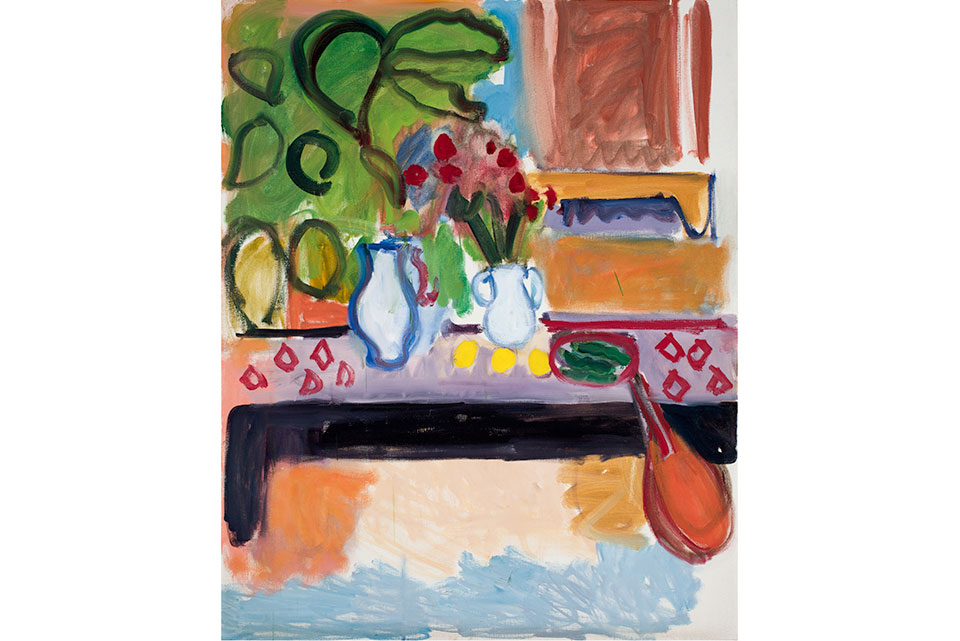 Robert De Niro, Sr., Last Painting, 1992, copyright Estate of Robert De Niro, Sr.,
Robert De Niro, Sr., Last Painting, 1992, copyright Estate of Robert De Niro, Sr.,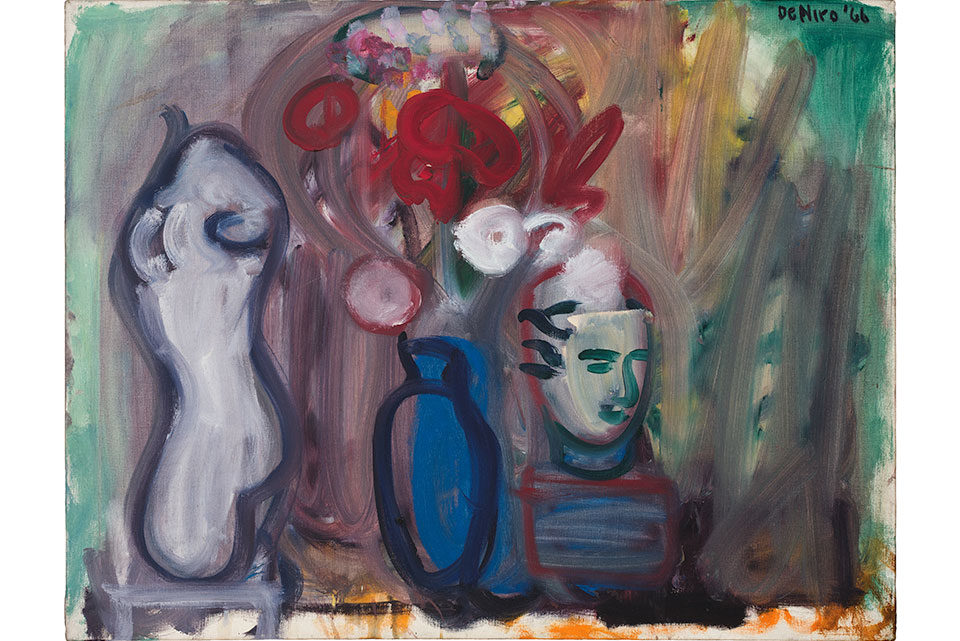 Robert De Niro, Sr., Flowers in a Blue Vase, 1966, copyright Estate of Robert De Niro, Sr.,
Robert De Niro, Sr., Flowers in a Blue Vase, 1966, copyright Estate of Robert De Niro, Sr.,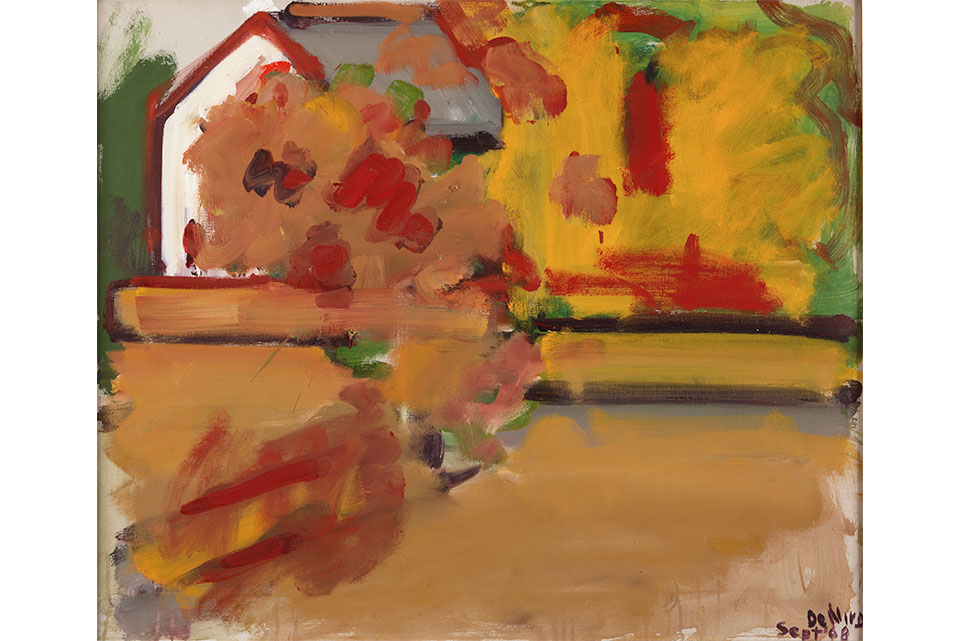 Robert De Niro, Sr., Autumn Landscape, 1968, copyright Estate of Robert De Niro, Sr.,
Robert De Niro, Sr., Autumn Landscape, 1968, copyright Estate of Robert De Niro, Sr.,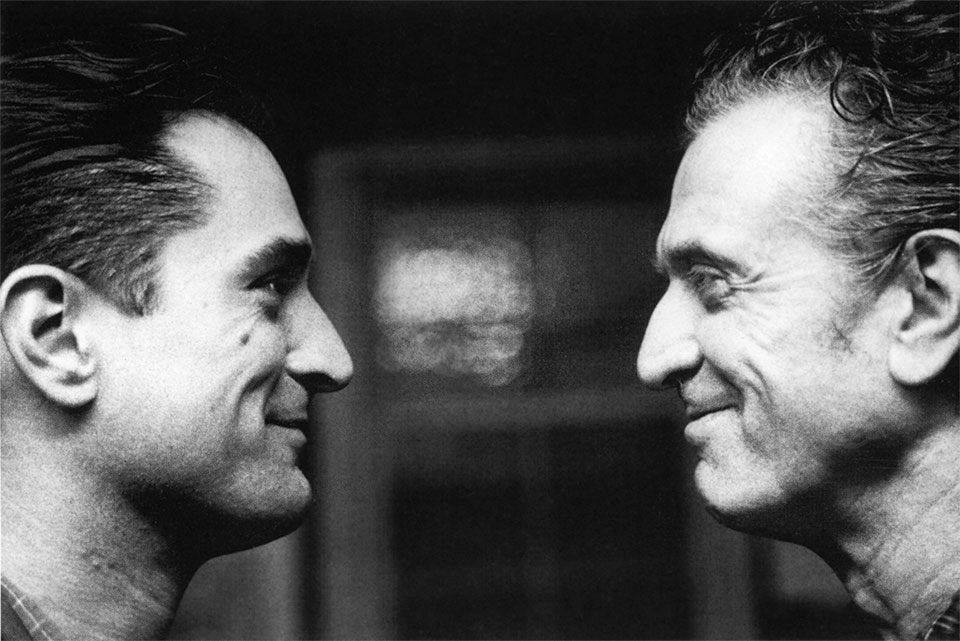 Robert De Niro, left, and his father, photographed by Angelo Novi, in a still from Remembering the Artist: Robert De Niro, Sr.
Robert De Niro, left, and his father, photographed by Angelo Novi, in a still from Remembering the Artist: Robert De Niro, Sr.